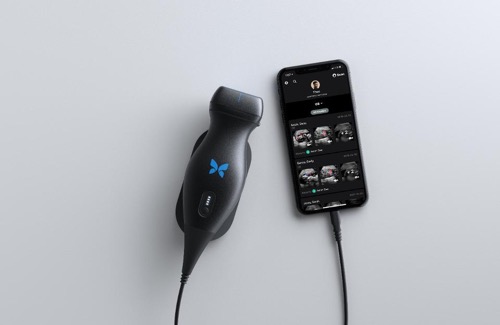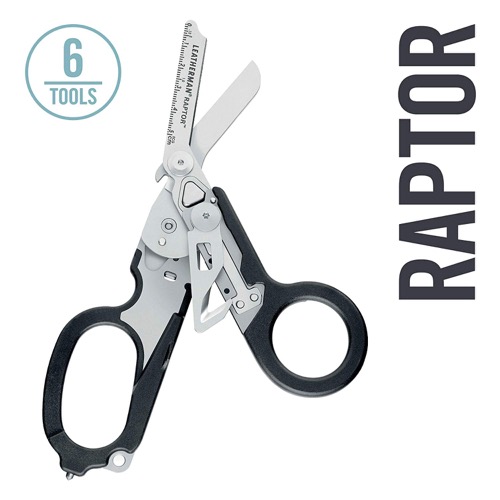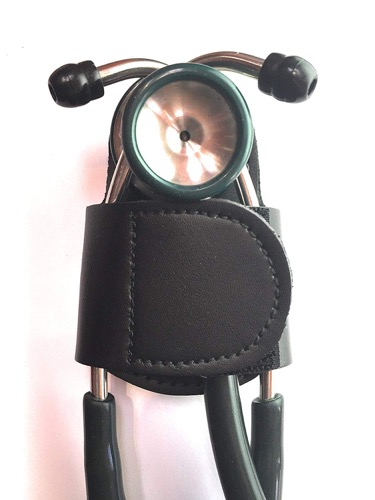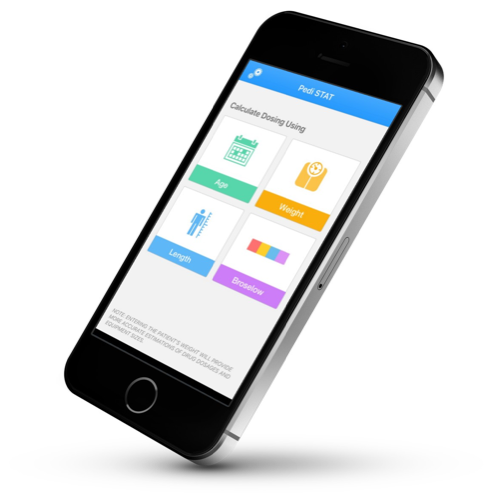Oliver Hulland, Emergency Medicine Doctor

Cool Tools Show 183: Oliver Hulland
Our guest this week is Oliver Hulland. Oliver is a former editor of Cool Tools, after which he ended up pursuing a career in medicine. He’s currently a third-year resident in emergency medicine at Yale University. When not working in the emergency department, he enjoys spending his time foraging for mushrooms and wild plants.
Subscribe to the Cool Tools Show on iTunes | RSS | Transcript | Download MP3 | See all the Cool Tools Show posts on a single page
Show notes:

Butterfly iQ ($1,999)
This is a very new piece of tech. It just was released in the past two years and it’s a personal ultrasound that you can buy and that plugs into iOS devices now, and then in the future it should have support for Android. On my day-to-day job I use ultrasounds to quickly evaluate potentially life-threatening illnesses. I can use it to check to see if there’s fluid in someone’s lungs, to see if they have a gallstone in their gall bladder, to see if they have free fluid or blood in their belly. It’s a really incredible tool with which we can very quickly intervene and figure out what’s going on. The big difference now is that historically ultrasounds have been $30, $40, $50,000 just for a set-up. The Butterfly iQ is really different because they have brought the price down all the way to about $2,000. Instead of using crystals they use a silicon chip, which can be much, much more easily produced and also is a lot easier to adapt for different circumstances. I would say five or 10 years, that people with certain conditions will end up taking these home. It’s something that can be quickly taught to people. They can use it as a means of checking to make sure their heart function is where it’s supposed to be, checking to make sure that there isn’t a ton of fluid in their lungs. If there is, they can quickly call their cardiologist or primary care doctor and schedule a visit. The technology is definitely evolving. Right now it’s predominantly for health care providers, but I think the future will see a democratization of the technology.

Leatherman Raptor Shears ($70)
It’s a foldable pair of what are called trauma shears, which are heavy duty scissors. I carry them in my pocket on a daily basis. They’re really great because it really makes it a form factor that’s just easy to pop in your pocket or pop in your bag. They’re a really, really useful set of scissors. I’ve found that I use them just as much outside of the emergency department as I do in the emergency department. Leatherman has also built in a couple of other additional tools, as they’re famous for. One of them is a seatbelt cutter. Then in addition to that, they have a ring cutter, which is actually really great in my line of work, but also, it’s amazing how often people get rings stuck and have to go to jewelers. I think for me, I probably use the ring cutter as much in terms of intervening on a patient as I do the shears themselves. It can get through most metals except for hardened steel. They come with a Molle nylon strap thing that you can slide them in. I personally don’t like that tactical look. I like to have a more streamlined look, so I just have them in my pocket when I’m working. Then I just keep them in my bag when I’m not. I have a little pocket in my bag. I can actually attach the Molle holster and I just keep it there for safekeeping so it doesn’t slide around or get lost. They are super strong. You can cut coins. You can cut almost any type of metal that you can think of. I’m on my second pair because one of them got pilfered, but my first pair I had for about three years and I never had a problem. I didn’t run into anything that I couldn’t cut within reason.

The Batclip ($29)
It’s a stethoscope holder. It’s a piece of leather with a clip on the back, that closes with Velcro. It attaches to either belt loop or I keep mine on the outside of my pocket. It allows you to keep your stethoscope folded up and on your belt without having to keep it around your neck. The alternative would be keeping it on your neck or keeping it in a bag or in your white coat or whatever pocket that you have. It’s something that I probably use 20 to 40 times a day. It really makes a difference in terms of having my stethoscope really, easily handy. It keeps it from sliding off my neck. It’s just a really, simple, useful tool. I like it also because it was designed by another emergency medicine physician. He’s a great guy. When I had problems with my first-generation one, he immediately replaced it with an upgraded model with better Velcro. I can definitely attest to the fact that it’s a very well made and useful tool, especially if you work in the medical field and you find yourself using a stethoscope.

Pedi STAT ($5)
The next one that I really enjoy, and this is a little bit more applicable to everybody, is an app called Pedi Stat. In the world of emergency medicine, there is a need to quickly draw up dosing for anything that comes in. Specifically, there’s a range of neonates to babies to children, and the drug dosing and interventions that we do vary based on how old they are. What it allows you to do is you put in the age or size of the kid that you’re taking care of. It will tell you everything about what kind of dosing for, let’s say pain medications or fever medications, and/or what the normal vital signs are. From the perspective of being useful for patients outside of the world of medicine, it can be really useful for specific dosing of things like Tylenol and Ibuprofen, which oftentimes parents get wrong, because they aren’t doing a weight-based dosing. They’ll just give what they think is the right amount, or it’s too confusing on the bottle. This is just really nice because you just plug in the weight or the year or the age, and it will pop out the appropriate dose and/or tell you what the appropriate vital signs are for your kiddo. This is just reassuring because it will tell you quickly, even for me, it’s still hard for me to remember all the different variations in terms of what the expected heart rate is or respiratory rate is for somebody who is young, because they can often be the primary indicators for when something is wrong or when somebody is sick.
Also mentioned:
Samuel Thayer books
It’s amazing how often people will say something is “edible,” but if you actually try to prepare it in a way that somebody has said, it’s almost always inedible or something that you would never seek out. I think Sam does a really good job of highlighting a narrower range, but then going into a lot of ethnobotany and then going into the actual practice of eating and using these things, especially with an eye towards sustainability as well. I have not found anybody who’s writing as well as he is on the subject. I think that he is probably one of the foremost in terms of expertise in the world of wild edibles.
Muck Boots
I think one of the favorite purchases I’ve ever made was a pair of really good boots. The boots that I’m wearing these days are Muck boots. I don’t know if you guys are familiar. They come in a variety of different styles. I have a pretty bog standard one, but it’s a boot where it’s rubber on the bottom and neoprene at the top. My wife and I bought a farm when I started residency here in Connecticut and I use them for all of my chores around the farm. Then I use them exclusively when walking in the woods. I stopped wearing anything but boots in the woods. One of the big benefits of them is that, because they go a little bit higher, I can use them to help reduce the tick burden that I end up getting. I have a current pair of what they’re called is the Fieldblazer boots. My wife has a pair that she’s had for about eight years now. They’re amazing for her throughout the fall, winter and spring. Then in the summer she goes a little bit lighter because she spends so much time in the sun. I wear them on a daily basis whether I’m doing chores or whether I’m foraging and I wholeheartedly find them to be a very useful tool.
We have hired professional editors to help create our weekly podcasts and video reviews. So far, Cool Tools listeners have pledged $400 a month. Please consider supporting us on Patreon. We have great rewards for people who contribute! If you would like to make a one-time donation, you can do so using this link: https://paypal.me/cooltools.– MF
07/12/19








